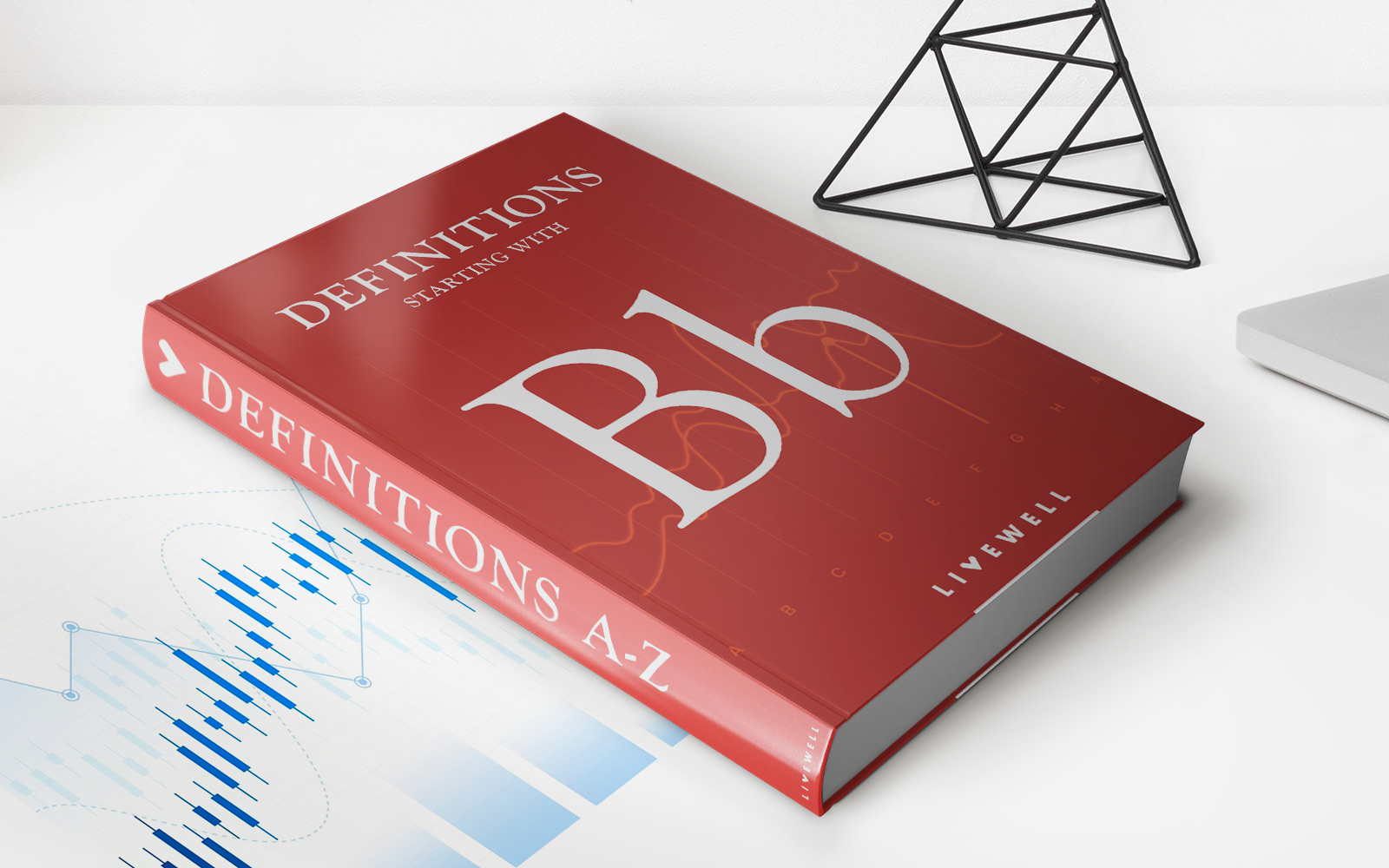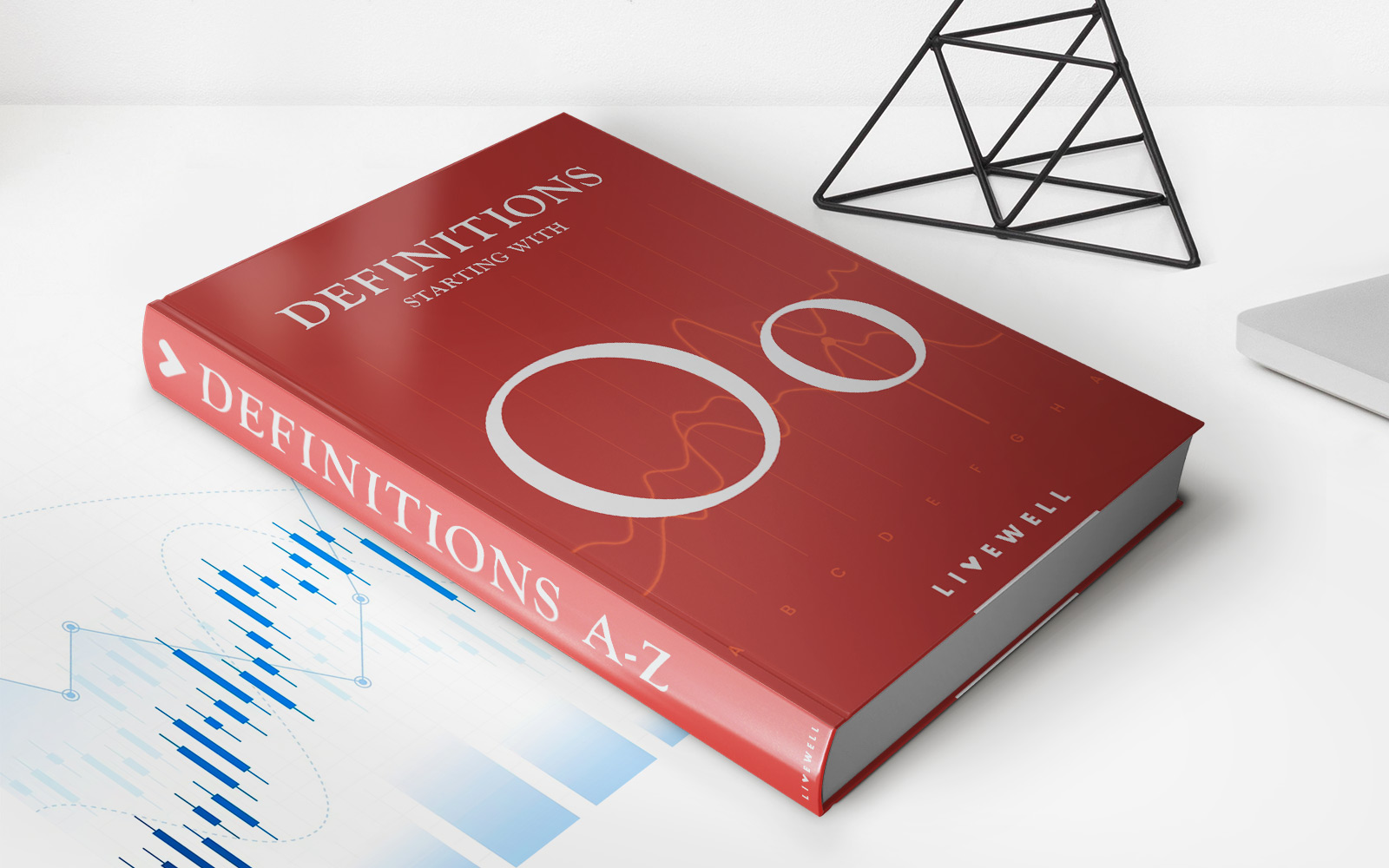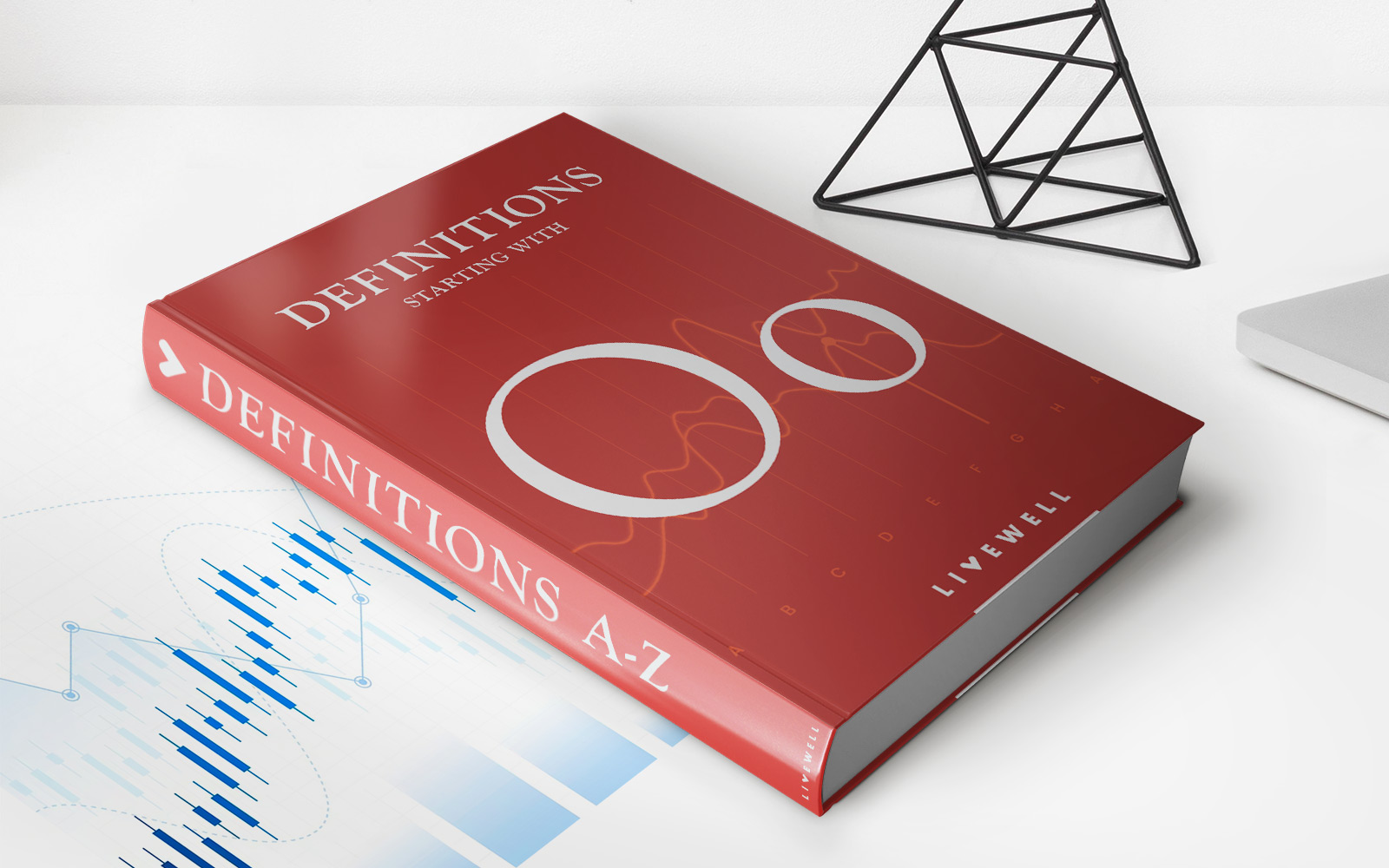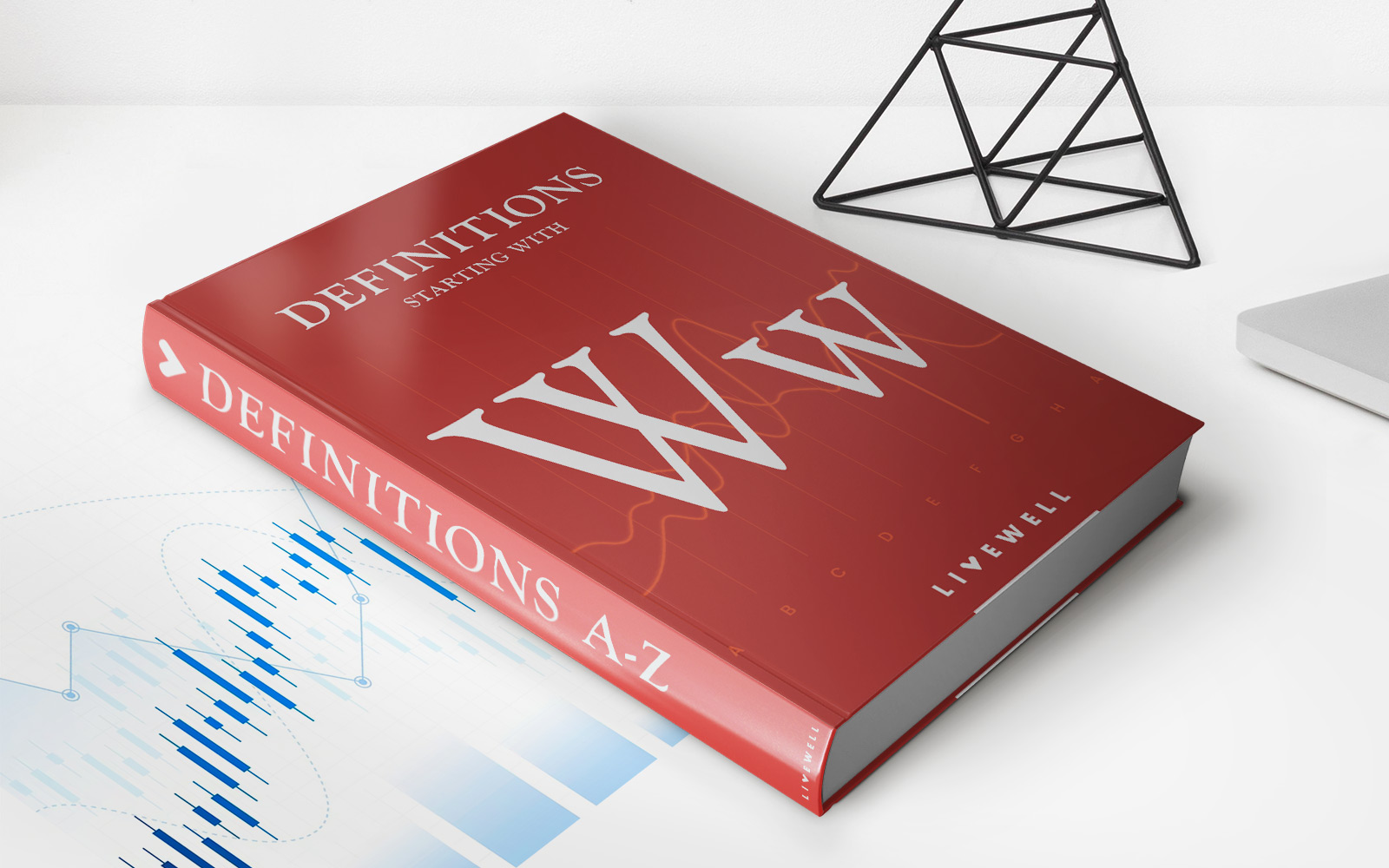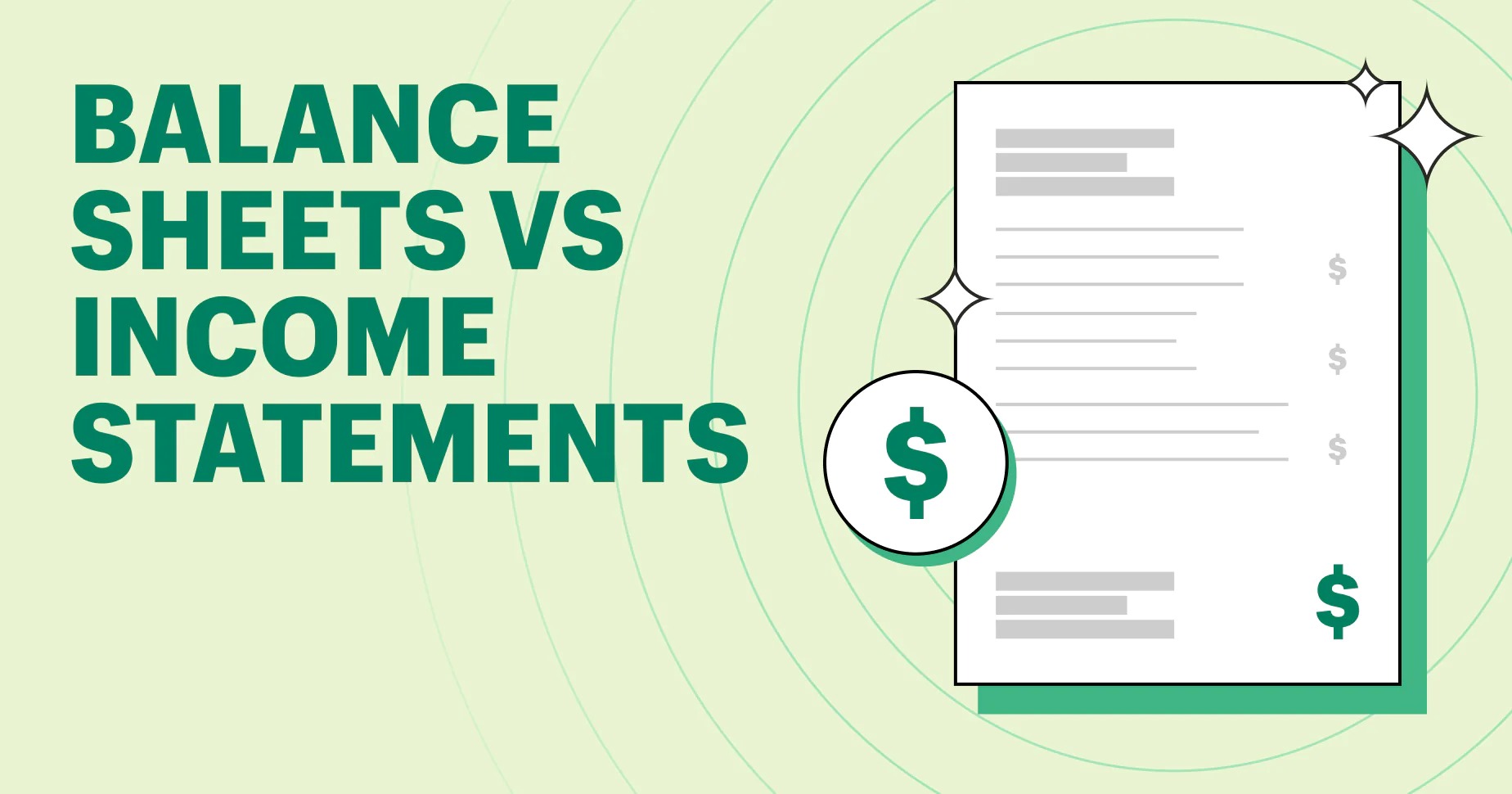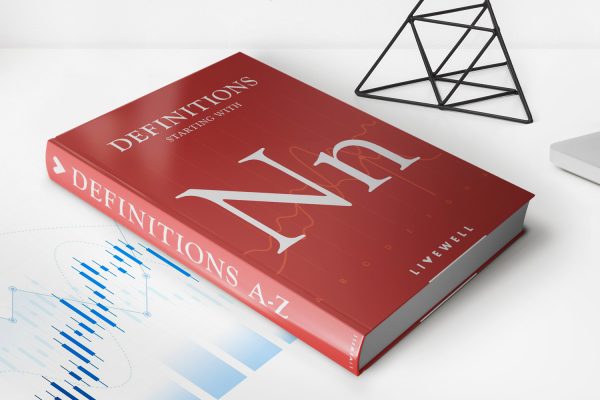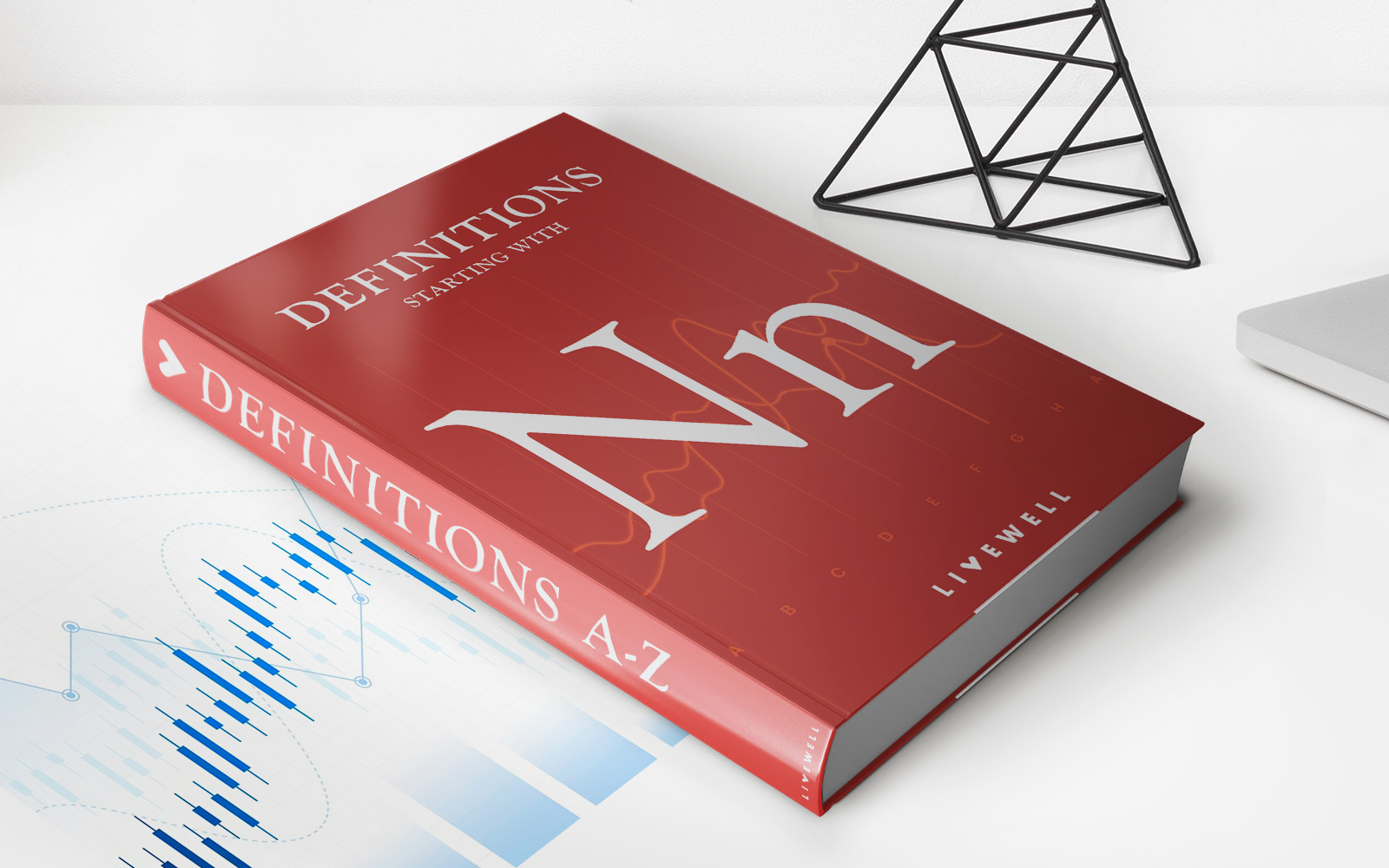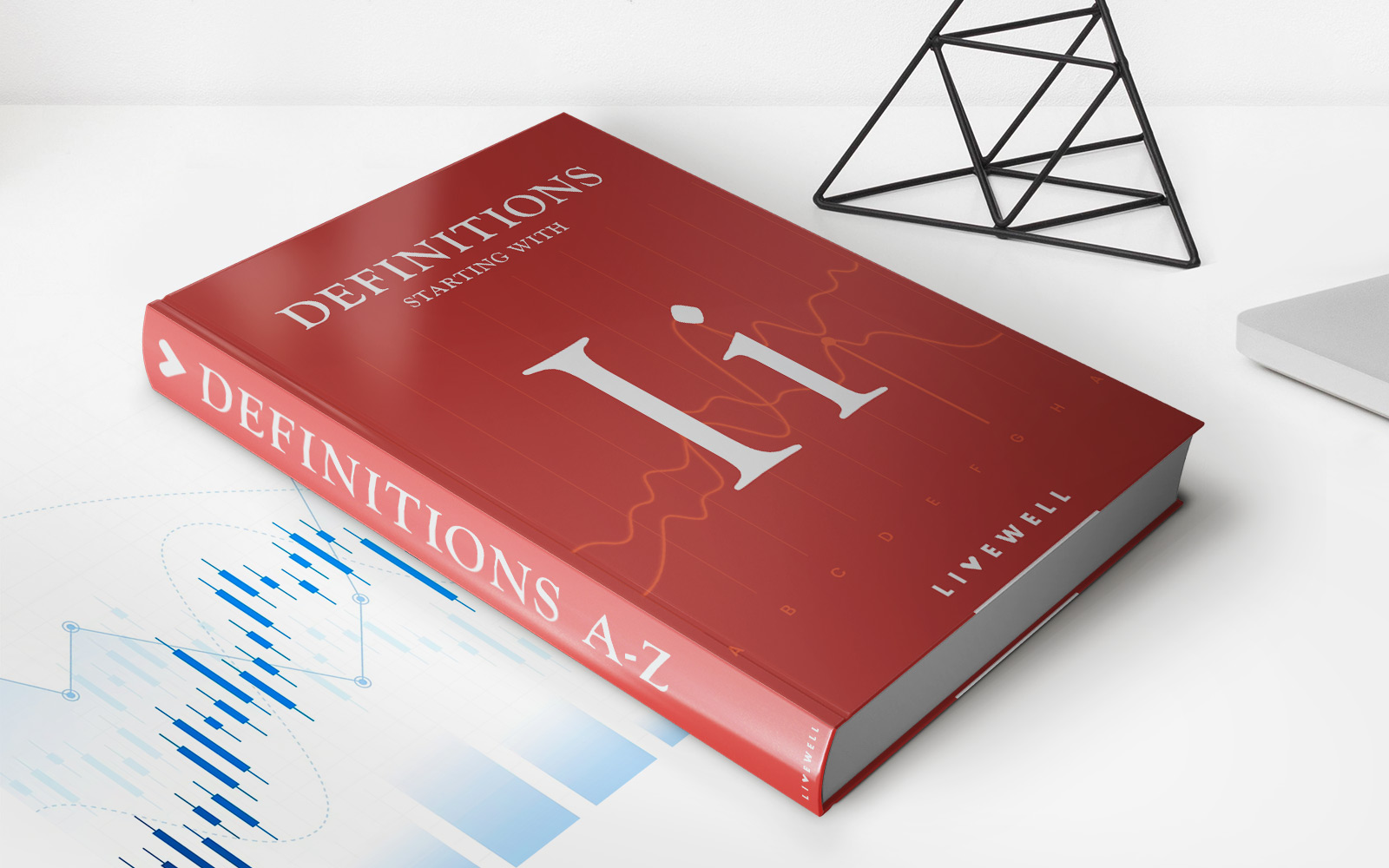Home>Finance>Tear Sheets: Definition And Examples In Finance, Vs. Prospectus
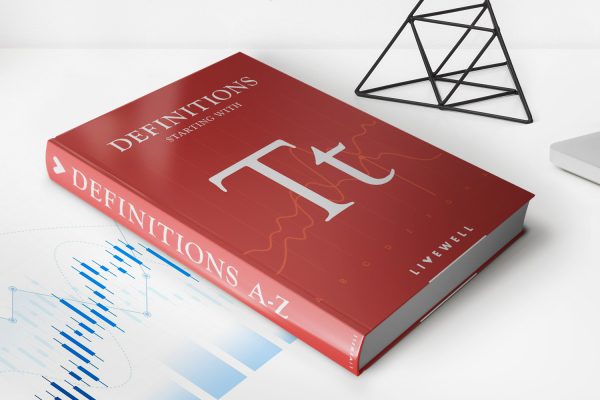
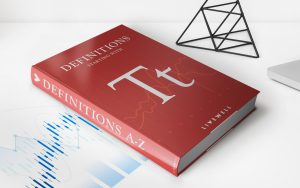
Finance
Tear Sheets: Definition And Examples In Finance, Vs. Prospectus
Published: February 7, 2024
Discover the meaning of tear sheets in finance and explore real-world examples. Learn how they differ from prospectuses and their importance in financial decision-making.
(Many of the links in this article redirect to a specific reviewed product. Your purchase of these products through affiliate links helps to generate commission for LiveWell, at no extra cost. Learn more)
Tear Sheets: Definition and Examples in Finance, Vs. Prospectus
When it comes to investing in financial markets, there are several important documents that investors should be aware of. Two of these documents are tear sheets and prospectuses. While both provide valuable information, they serve different purposes and have distinct characteristics. In this blog post, we will define tear sheets and prospectuses, highlight their differences, and provide examples to help you navigate the world of finance.
Key Takeaways:
- A tear sheet is a concise one-page document that provides a snapshot of a specific investment opportunity.
- A prospectus, on the other hand, is a comprehensive legal document that provides detailed information about an investment offering.
What are Tear Sheets?
A tear sheet, also known as a one-pager, is a condensed document that provides a summary of an investment opportunity. It typically contains key information such as the investment strategy, historical performance, key personnel, and contact information. Tear sheets are designed to grab the attention of potential investors and provide them with a quick overview of the investment opportunity.
Tear sheets are popular among hedge funds, private equity firms, and asset managers who aim to attract investors to their offerings. They are often used as marketing collateral and can be distributed physically or electronically. Unlike prospectuses, tear sheets are not legally binding documents and do not provide the same level of detailed information.
Here are a few examples of what a tear sheet might include:
- Investment strategy: A brief description of the investment approach, such as long/short equity or global macro.
- Performance metrics: Historical returns and benchmarks to highlight the fund’s track record.
- Biographies: Summary profiles of the fund manager(s) and key personnel.
- Key facts: Important details such as minimum investment amounts, fee structures, and fund size.
- Contact information: How potential investors can get in touch to learn more.
What is a Prospectus?
A prospectus, unlike a tear sheet, is a legal document that provides comprehensive details about an investment offering. It serves as a disclosure document and is required by securities regulators in many jurisdictions. A prospectus contains in-depth information about the investment strategy, historical performance, risks, legal structure, terms and conditions, and financial statements.
Prospectuses are typically prepared for public offerings, such as initial public offerings (IPOs), and mutual funds. They are also used for private placements and alternative investment funds with specific regulations. Unlike tear sheets, prospectuses are legally binding and must comply with specific regulatory requirements to protect investors.
Here are a few elements commonly found in a prospectus:
- Investment objectives: A detailed explanation of the fund’s objectives and how it aims to achieve them.
- Risk factors: An in-depth analysis of the potential risks associated with the investment.
- Legal structure: Information about the legal form of the investment vehicle and its governing documents.
- Offering terms: Specific details about the offering, including pricing, minimum investment amounts, and any restrictions.
- Financial statements: Audited financial statements that provide an overview of the fund’s financial health.
Tear Sheets vs. Prospectuses: The Differences
Although both tear sheets and prospectuses serve a vital purpose in the finance industry, they have several key differences:
- Level of Detail: Tear sheets provide a concise overview of an investment opportunity, while prospectuses are highly detailed documents that offer comprehensive information.
- Legally Binding: Tear sheets are not legally binding, whereas prospectuses are binding documents that must comply with regulatory requirements.
- Purpose: Tear sheets are primarily used as marketing collateral to attract potential investors, while prospectuses are required to ensure transparency and protect investors’ interests.
- Format: Tear sheets are typically one-page documents that focus on visually appealing design and concise information, whereas prospectuses can be lengthy documents that comply with specific regulatory guidelines.
It’s important to note that both tear sheets and prospectuses have their place in the investment landscape. Tear sheets provide a quick glance at an investment opportunity, making them useful for initial research and assessment. Prospectuses, on the other hand, offer detailed information that is necessary for making informed investment decisions, especially when considering public offerings or complex investment vehicles.
By understanding the differences between tear sheets and prospectuses, investors can leverage both documents to gain valuable insights and make informed investment decisions.

